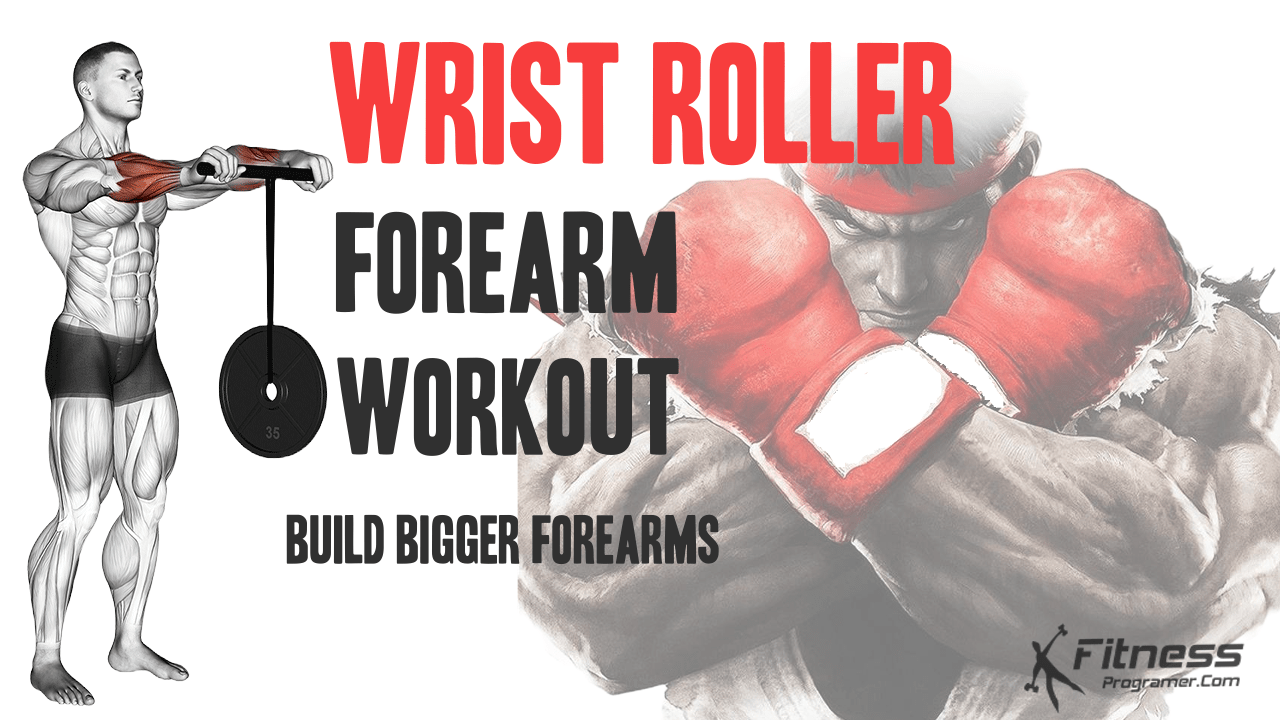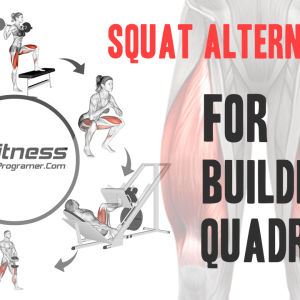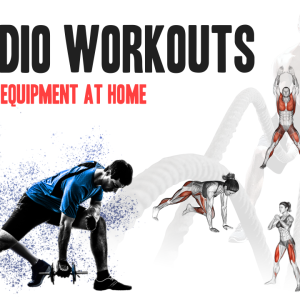Contents
Wrist roller training is a simple yet effective way to build forearm strength and improve grip. The biomechanics of wrist roller training are relatively straightforward.
The exercise involves a combination of wrist flexion and extension, which are two primary movements of the wrist joint. These movements are important for maintaining grip strength and wrist stability during activities that require holding or carrying objects.
During wrist roller training, the weight is lifted using a pronated grip, where the palms are facing down. This grip requires the wrist extensors to work harder to control the weight’s descent, making the exercise more challenging and effective.
Understanding the biomechanics and muscle activation involved in wrist roller exercises can help you optimize your training and get the most out of this exercise.
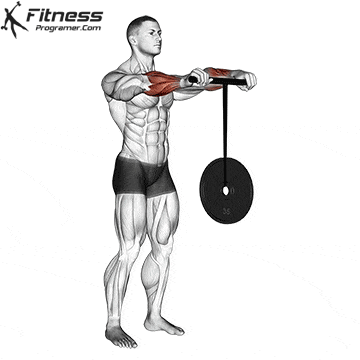
Muscles Activated in Wrist Roller Training
The primary muscles activated during wrist roller training are the wrist flexors and extensors, which are located in the forearms. These muscles are responsible for flexing and extending the wrist joint and are critical for grip strength and wrist stability.
During a wrist roller exercise, the weight is suspended from a rope or other attachment and rolled up and down using wrist movements. As the weight is rolled up, the wrist flexors contract to lift the weight, while the wrist extensors lengthen and control the weight’s descent as it is rolled back down.
Target:
- Wrist Flexors
Stabilizers:
- Wrist Extensors
- Brachioradialis
- Biceps Brachii
- Brachialis
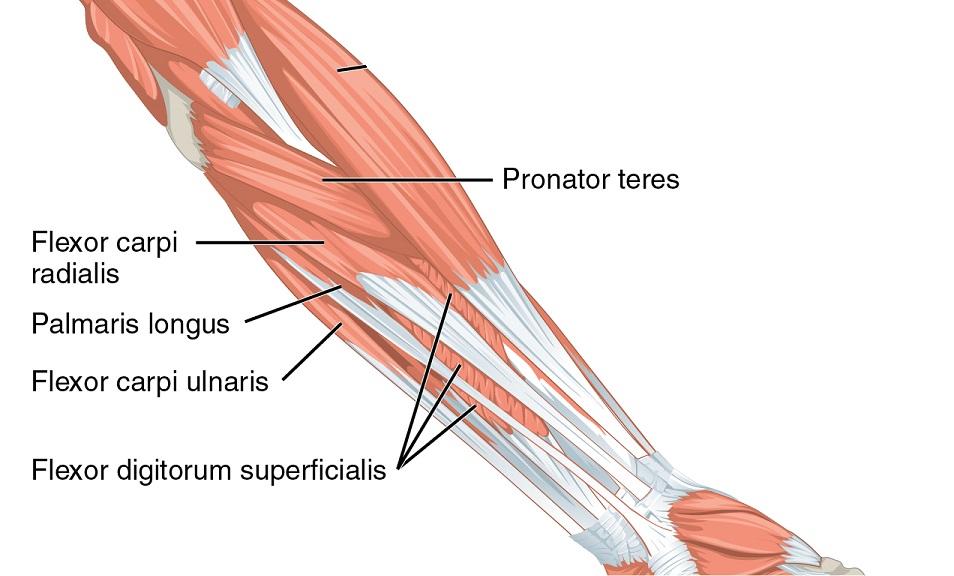
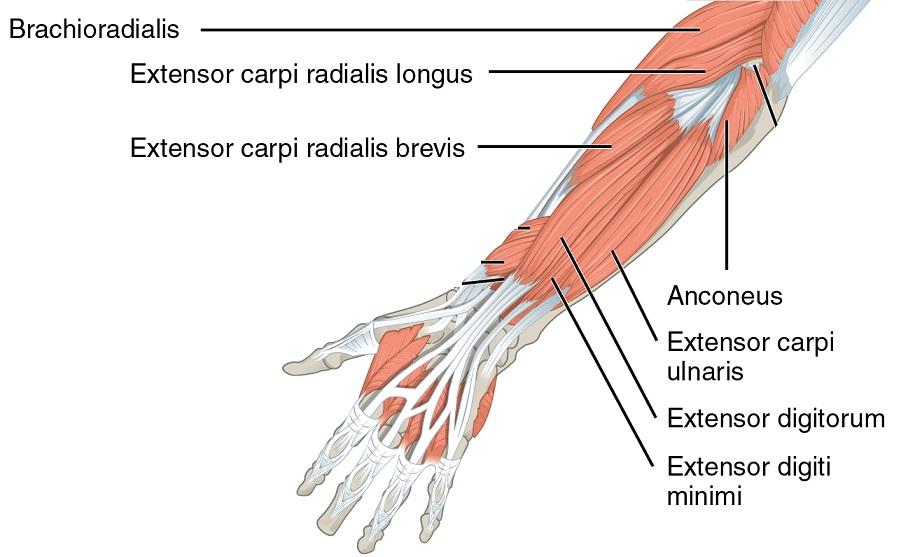
If you want more specific exercises to develop your arm muscles, check out the articles below.
- Forearm Exercises That Build Big and Strong Forearms
- Focused triceps exercises to build better triceps
- Understand biceps anatomy and learn the best biceps exercises
- Why Is My Right Bicep Bigger Than My Left? (unilateral arm Workout)
- Bring Out The Big Guns With Arm Workouts (4 effective Arm Workouts)
The Benefits of Using a Wrist Roller
Here are some specific benefits of using a wrist roller for forearm strength:
1- Improved Grip Strength:
One of the most noticeable benefits of using a wrist roller is improved grip strength. The wrist roller is designed to work the muscles in your forearms that control grip strength. Over time, regular use of a wrist roller can help increase your grip strength, making it easier to hold onto weights or other objects during your workouts or daily activities.
2- Increased Wrist Stability:
Another important benefit of using a wrist roller is increased wrist stability. The muscles in your forearms play a critical role in stabilizing your wrist joint. By strengthening these muscles with a wrist roller, you can improve your wrist stability, reducing your risk of injury during other exercises or activities.
3- Enhanced Forearm Definition:
Using a wrist roller can also help enhance the definition of your forearms. The repetitive motion of rolling the weight up and down the rope works the muscles in your forearms, leading to increased muscle size and definition.
4- Improved Performance in Other Exercises:
Stronger forearms can also improve your performance in other exercises, such as pull-ups or deadlifts. When your grip strength and wrist stability are improved, you’ll be able to perform these exercises more efficiently and with better form, leading to better results.
5- Increased Endurance:
Regular use of a wrist roller can also help improve your forearm endurance. This can translate to better performance in activities that require prolonged gripping or gripping under fatigue.
Overall, using a wrist roller is a simple and effective way to improve your forearm strength and grip. Whether you’re a serious athlete or simply looking to improve your overall fitness, incorporating wrist roller exercises into your routine can help you reach your goals faster and with less risk of injury.
How to Make Your Own Wrist Roller?
If you’re looking to improve your forearm strength and grip endurance, a wrist roller is an excellent tool to add to your workout routine. Fortunately, you don’t need to spend a lot of money to purchase one. Here’s how to make your own wrist roller at home using common materials:
Materials:
- PVC pipe (1.5 to 2 inches in diameter)
- Rope (about 4-5 feet in length)
- Weight plates (preferably with a hole in the center)
Instructions:
- Cut the PVC pipe to your desired length (about 12-18 inches). You can use a saw or a pipe cutter to do this.
- Drill a hole through the center of the PVC pipe, making sure the hole is wide enough for the rope to fit through.
- Cut a length of rope about 4-5 feet long and tie a knot at one end.
- Thread the rope through the PVC pipe so that the knot is inside the pipe.
- Tie a weight plate to the other end of the rope.
- To use the wrist roller, hold the PVC pipe with both hands and roll the weight plate up and down using only your wrists.
Tips:
- Make sure the rope is securely tied to the weight plate to prevent it from slipping off during use.
- Choose a weight that is challenging but manageable, and gradually increase the weight as you get stronger.
- Use proper form when using the wrist roller, keeping your elbows at your sides and using only your wrists to move the weight up and down.
By following these simple instructions, you can create your own wrist roller at home using materials that are easy to find and affordable.
How Can You Incorporate Wrist Roles into Your Workout?
To build forearm strength and grip endurance, it’s recommended to perform wrist roller exercises two to three times per week. This frequency allows the muscles to recover and adapt to the training stimulus. Here are some workout ideas and routines that you can try using a wrist roller:
Timed Sets:
Set a timer for 30 seconds to one minute and perform as many repetitions of wrist roller exercise as you can during that time. Take a short rest period, then repeat for several sets. This workout is great for building endurance and increasing grip strength.
High-Rep Variations:
Perform high-rep variations of the wrist roller exercise, such as rolling the weight up and down for 10 to 15 repetitions per set. This type of workout is excellent for building muscle endurance in the forearms and improving grip strength.
Overhead Wrist Extension:
Use a wrist roller with an overhead extension to increase the challenge of the exercise. Hold the wrist roller with both hands and extend it overhead, then slowly lower the weight back down using only your wrists. This variation works the muscles in the shoulders, back, and forearms, making it an excellent full-body workout.
Superset with Other Exercises:
Superset wrist roller exercises with other forearm exercises, such as reverse curls or hammer curls, for a complete forearm workout. This type of workout will challenge your grip strength and help build overall forearm strength.
Isometric Holds:
Hold the weight in the top position of the wrist roller exercise for as long as possible. This type of workout will increase grip strength and improve wrist stability.
Conclusion
Wrist roller workouts are an excellent way to improve your grip strength and endurance. Incorporating these workouts and variations into your training routine will help you improve your grip strength and endurance, leading to better performance in sports and other activities that require a strong grip. Remember to always warm up properly before starting any exercise routine, and to gradually increase the intensity and volume of your workouts over time to avoid injury.

